This year Sweden is hosting the FEDECRAIL Youth Exchange.
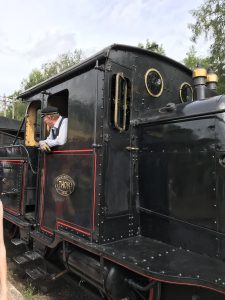
Since 2007 FEDECRAIL organizes in cooperation with one of its local members an international youth exchange called ”FEDECRAIL Youth Camp” to enable young people from museum railways and railway museums in Europe to come together and learn how in other countries the railway heritage is preserved and to foster intercultural understanding and networking between heritage railways throughout Europe. Each year a different country host the Youth Camp.
All young people who are member of a heritage railway society and who aged between 16 and 25 years are invited to attend (participants under 18 will need a Parental Permission). The duration of the Youth Camp is about ten days and the camp takes place during August when in most of the countries are summer holidays. Typically there are about 25 places available, which are intended to be split evenly between the countries participating if the number of places is exceeded (which never happened so far). The main language at the Youth Camp is English. Therefore at least one English speaking person shall be in the participating group from a country.
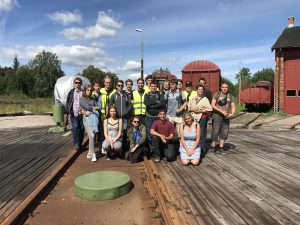
The Youth Exchange started at Upsala Lenna Jernveg on friday 3 august. It arrived 16 participants from Ukraine, UK, Germany, Romania and Spain. The accommodation in Uppsala was at Fjällnora cottage. Sadly we haven´t had any rain in a long time in Sweden so all the showers was closed but there is a lake near by.
Saturday and Sunday was work days at Lennakatten. The participants where doing technical work and where also in the traffic. They was divided in three groups. Some pictures will follow from the work at Lennakatten.
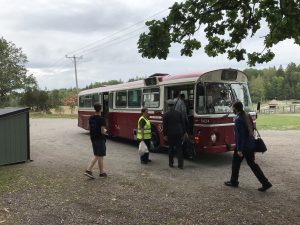
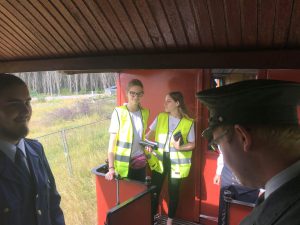
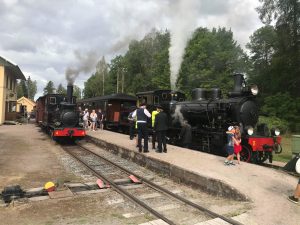
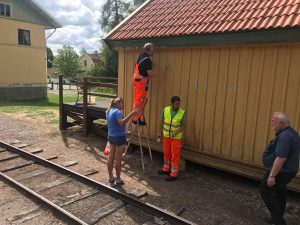
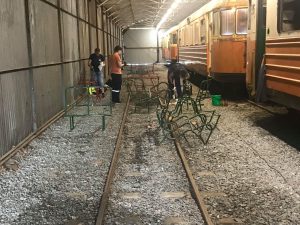
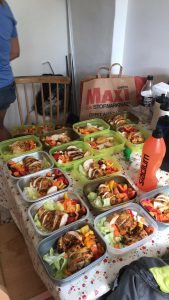
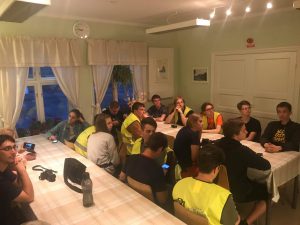
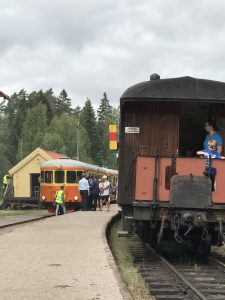
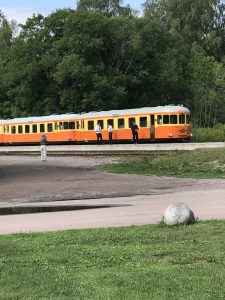
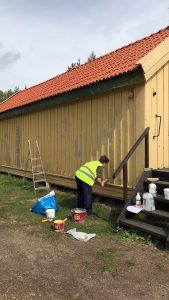
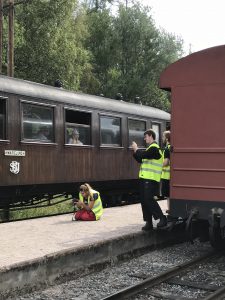
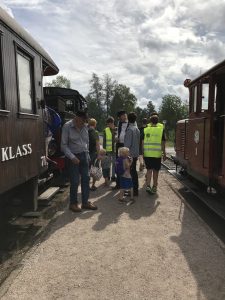
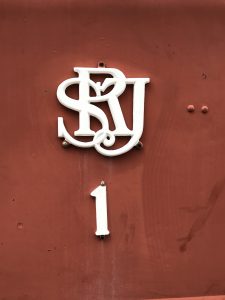
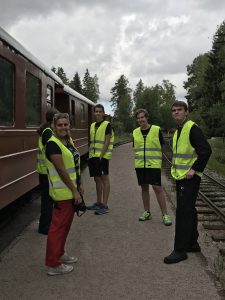
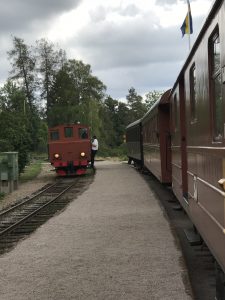
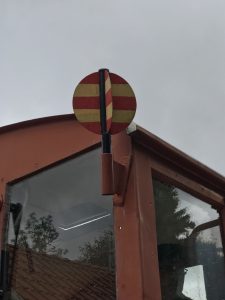
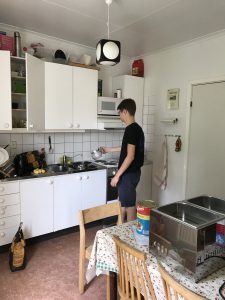
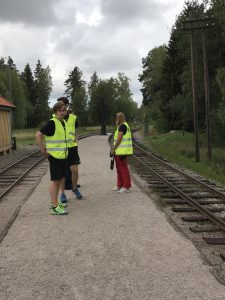
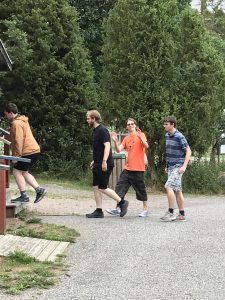
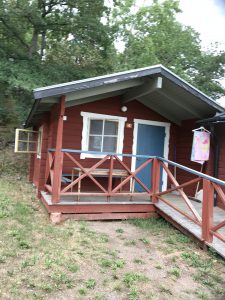
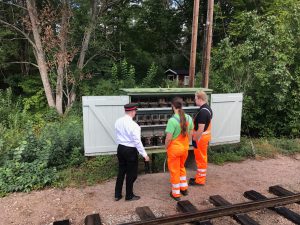
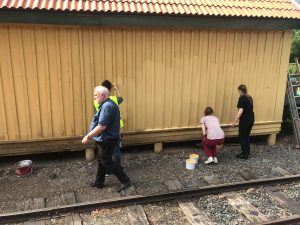
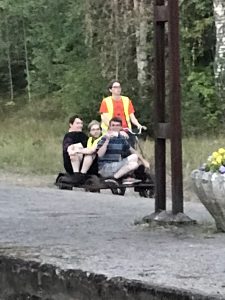
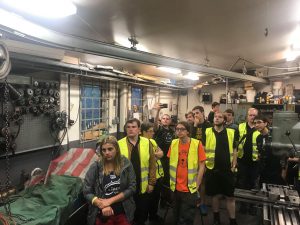
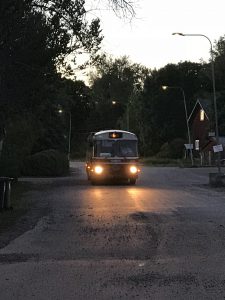
On Monday we had the first trip with the group, We started at Fjällnora and went to Krylbo where we meet SKÅJ. A really nice visit at there depot and the participant could look around on their different locomotives. We got a tour and information about SKÅJ. SKÅJ is an non-profit association for the restoration, conservation and use of older railway vehicles, mainly from the 1930s to 1960s. On SKÅJ’s museums in Sala and Krylbo there is a collection of Swedish steam and electric locomotives as well as passengercoaches linked to the development of the railway in the 20th century
![]()
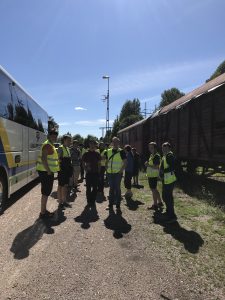
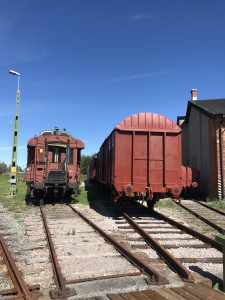
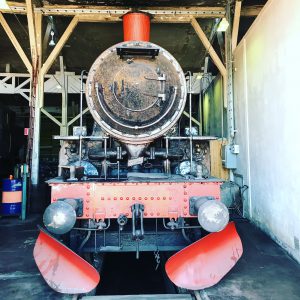
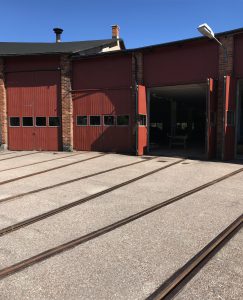
After the visit at SKÅJ the trip continued the trip to Gävle. The national railway museum is closed in Gävle for a renovation. For FEDECRAIL youth exchange the opened so we could see the museums collection and also go by railbus.
During the early 1900s, objects began to be collected that were considered to be of historical value for the future. The extensive Swedish State Railways (SJ) section at the Baltic Exhibition in Malmö in 1914 laid the foundation for the Railway Museum that opened the following year housed in a number of rooms next to the SJ head office on Vasagatan in Stockholm.
Locomotives and carriages could not be put on display until the beginning of the 1940s and at the time only in simple wooden sheds in Tomteboda on the outskirts of Stockholm, which became a complement to the operation on Vasagatan. It was not long until the museum on Vasagatan closed. During the 1950s and 1960s, detailed 1:10-scale models were on display on Torsgatan and at Stockholm Central before the whole museum moved from Stockholm to Gävle to be reopened there in 1970. Between 1985 and 2017 the name Sveriges Järnvägsmuseum [Sweden’s Railway Museum] was used. For a few years in the early 2000s a railway museum was also operated in Ängelholm.
The Railway Museum has been run by the state since the beginning, under a number of different principals in the railway or transport sector.
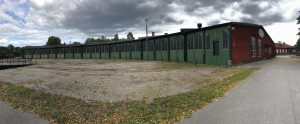
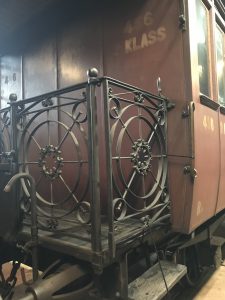
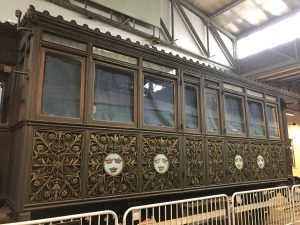
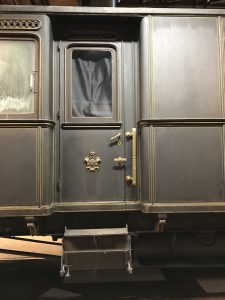
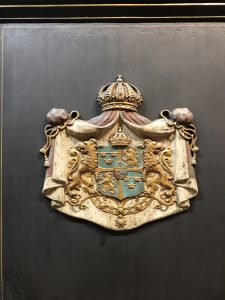
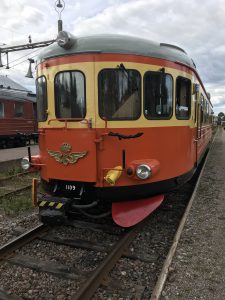
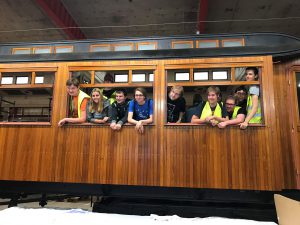
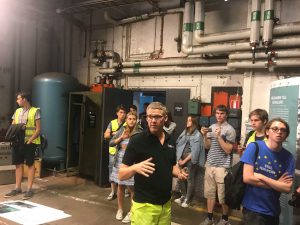
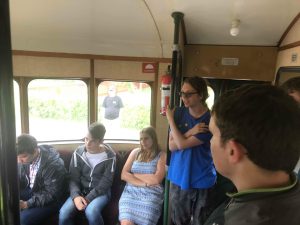
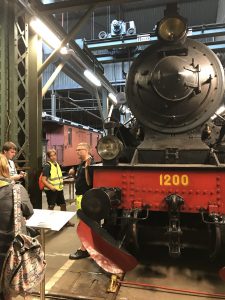
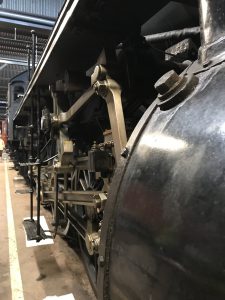
At the museum Henrik Reuterdahl did a presentation about the museum and its collections. The model railway was also presented when we arrived.
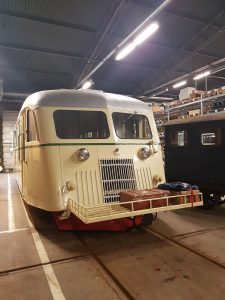
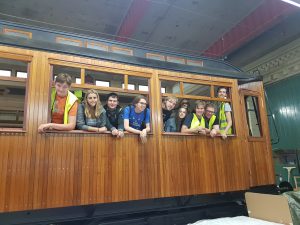
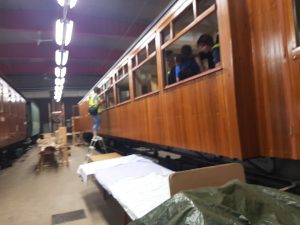
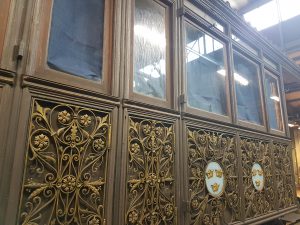
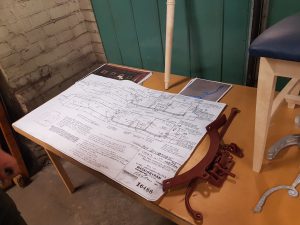
After the trip it was time to go back to Uppsala and Fjällnora.